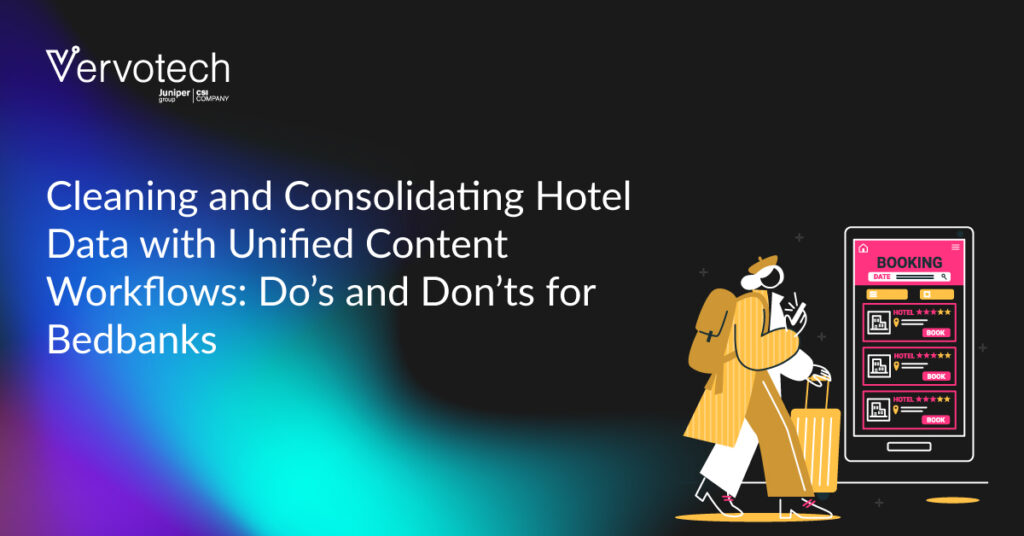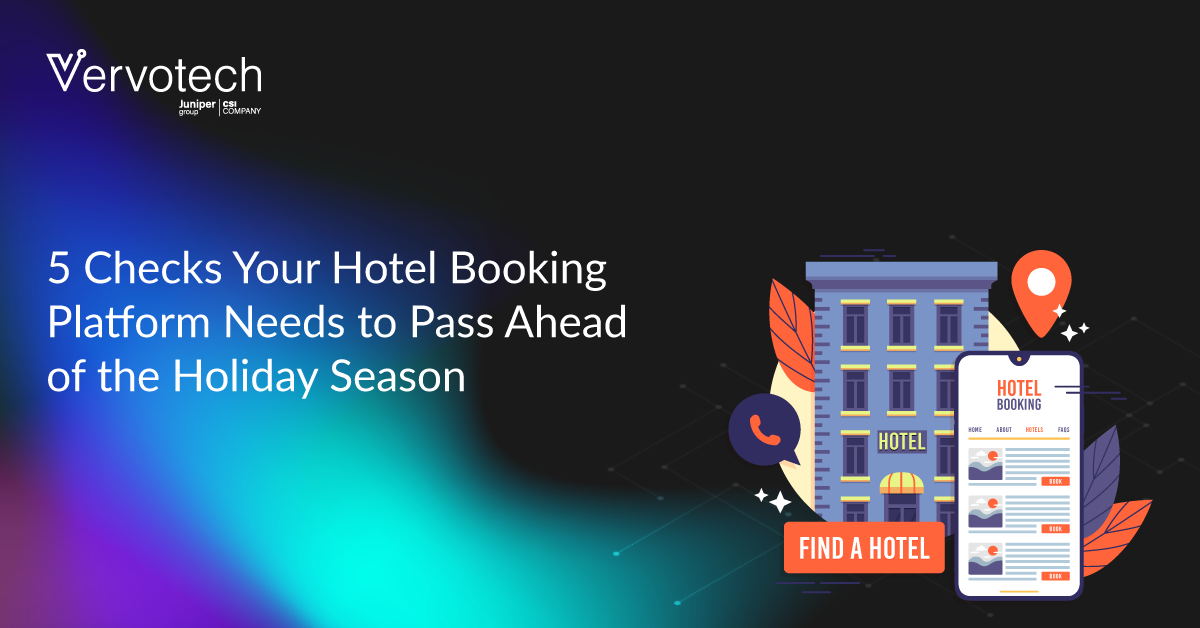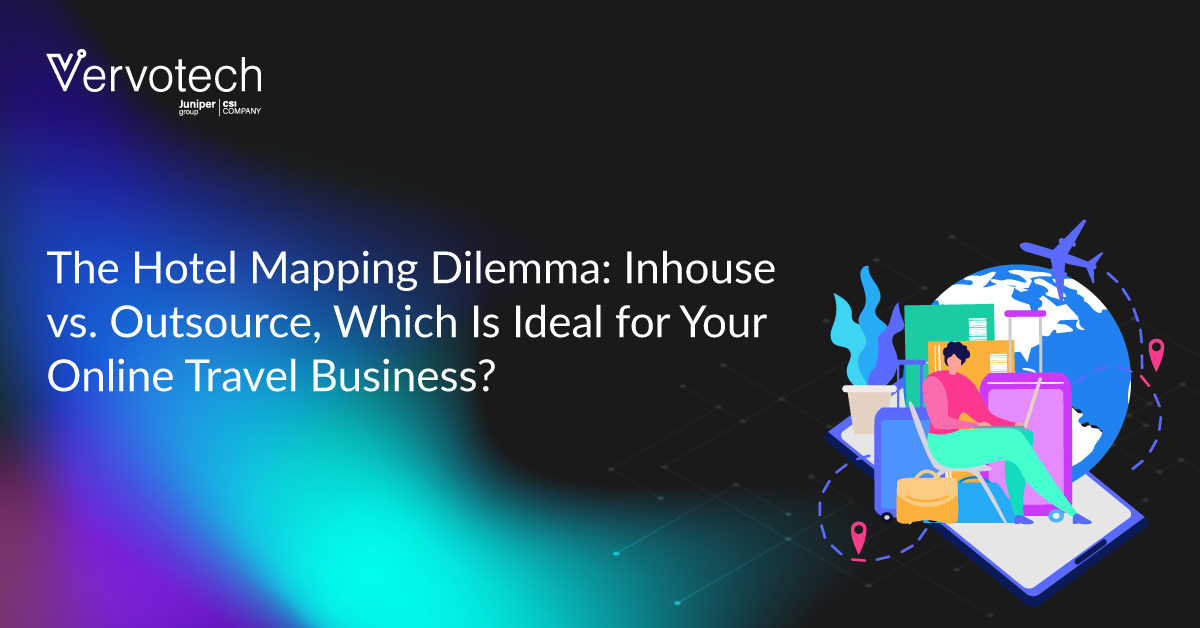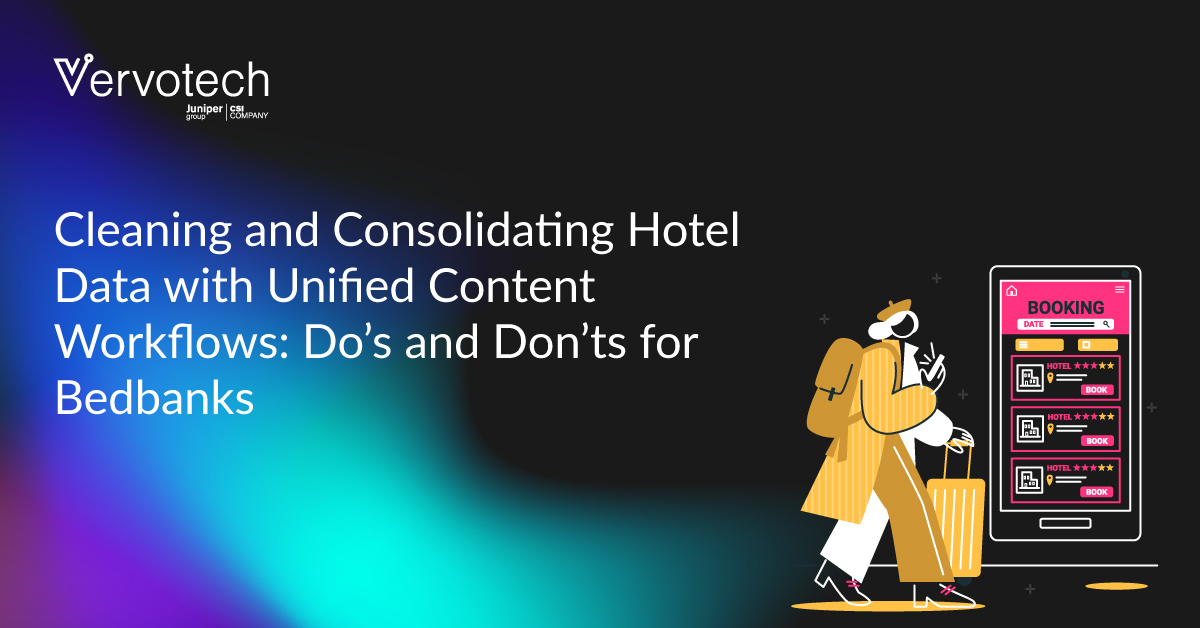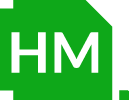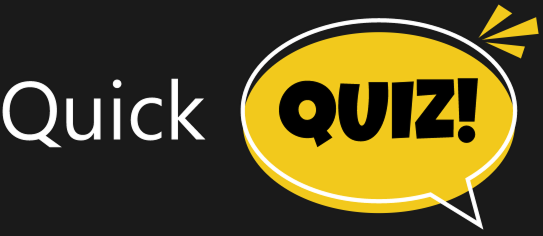In the hotel distribution ecosystem, bedbanks sit at the center of a highly complex network of suppliers, wholesalers, and online travel agencies. Every partner depends on them to provide accurate, rich, and up-to-date hotel content. Yet, for most bedbanks, managing and distributing hotel data has become a never-ending challenge.
Different suppliers send content in different formats, use varying naming conventions, and often refer to the same property in multiple ways. The result is a tangled web of duplicate listings, inconsistent room descriptions, and missing information that ultimately erodes trust among downstream partners and customers.
A unified content workflow changes this picture completely. But what is it exactly? Let’s find out.
TL; DR
-
Bedbanks sit at the center of hotel distribution and depend on clean, accurate, and up-to-date data from multiple suppliers.
-
Without standardization, they face duplicates, inconsistent hotel details, and missing information, which hurts trust and efficiency.
-
A unified content workflow brings all hotel data into one structured system, collecting, normalizing, validating, enriching, and syncing it across channels.
-
It provides a single source of truth, enabling consistency, faster supplier onboarding, and stronger partner relationships.
-
Hotel Mapping Solutions play a key role by automatically merging duplicate listings and aligning supplier feeds into one verified master record.
-
Improved data accuracy, fewer booking errors, enhanced traveler trust, and scalable content management.
Do’s for Bedbanks
-
Use a reliable Hotel Mapping Solution to merge duplicates and unify property data.
-
Standardize data formats for smooth supplier integration.
-
Set strong validation rules to catch errors before data distribution.
-
Build a feedback loop for ongoing improvement.
-
Train teams to understand data mapping, enrichment, and governance.
Don’ts for Bedbanks
-
Don’t rely on manual data processes; automate wherever possible.
-
Don’t ignore supplier data inconsistencies; enforce format standards.
-
Don’t overlook content enrichment; visuals and detailed info boost conversions.
-
Don’t skip data governance; define ownership and accountability.
-
Don’t treat integration as a one-time job; keep refining workflows.
What Is a Unified Content Workflow?
A unified content workflow is a process that allows a bedbank to bring together hotel content from multiple suppliers into one coherent structure. It gives bedbanks a structured, single-source system to collect, standardize, and distribute hotel information seamlessly.
It ensures that every piece of data, whether it is a hotel name, address, room type, or amenity, follows a consistent format and can be updated or distributed efficiently.
This helps reduce duplication, improve accuracy, and allows teams to focus on creating value rather than fixing data errors.
To understand its importance, consider the chaos created when multiple suppliers list the same hotel using different names or locations. Such inconsistencies confuse both systems and customers. A unified content workflow corrects this by organizing all incoming data into a single, verified format that ensures every entry aligns perfectly.
This workflow typically involves several stages: data collection, normalization, enrichment, validation, and synchronization. Each stage plays a critical role in maintaining high-quality content that remains consistent across all connected platforms.
For instance, when duplicate entries appear across supplier feeds, the workflow identifies and merges them into one accurate record. That is where a hotel mapping solution becomes necessary. It automates the process of identifying duplicate properties and connecting supplier data to a single master record, ensuring the same hotel is represented only once across all systems.
In essence, a unified content workflow does more than automate data handling. It enforces discipline, ensures transparency, and establishes a single version of truth that bedbanks and their partners can rely on.
Why It Matters for Bedbanks
The quality of a bedbank’s data directly affects its credibility and revenue. When travelers book hotels, they trust that the details displayed are correct. If the information is inaccurate, the disappointment leads to cancellations, poor reviews, and eventually loss of business.
This is where a unified content workflow proves indispensable. It eliminates the need for constant manual corrections, accelerates onboarding for new suppliers, and guarantees that all partners receive synchronized and verified data. Consistency and accuracy help build stronger relationships with both suppliers and distributors.
Moreover, as data sources multiply, the risk of errors grows exponentially. A unified workflow supported by a robust hotel mapping API helps bedbanks manage this scale efficiently. It ensures that every hotel entry is properly matched, mapped, and enriched before it reaches any distribution channel.
Implementing such a workflow also reflects an organization’s commitment to operational excellence. Bedbanks that prioritize unified content processes send a strong message to their partners; they value precision, dependability, and the traveler experience.
Do’s for Bedbanks
Transitioning to a unified workflow requires strategic thinking and structured execution. The following best practices can guide bedbanks toward success.
-
Invest in a Reliable Hotel Mapping Solution
A robust hotel mapping solution forms the foundation of every successful content workflow. It matches duplicate listings from multiple suppliers and merges them into one accurate property record. This ensures downstream partners always receive a single, trusted version of each hotel. Opting for a solution that combines automation with human validation ensures accuracy, scalability, and long-term consistency.
-
Standardize Data Formats Across All Sources
Consistency is critical for consolidation. Bedbanks must define a clear data schema covering property names, addresses, room types, and amenities. When suppliers follow the same format, integration becomes smoother, comparisons are faster, and conflicts are reduced significantly. Standardization sets the stage for clean, high-quality data.
-
Establish Strong Data Validation Rules
A unified content workflow should never pass inaccurate or incomplete data to partners. Validation rules help detect missing fields, incorrect star ratings, or invalid geocodes before data distribution. These checks act as a safety net, ensuring only verified content is shared across systems.
-
Create a Feedback Loop for Continuous Improvement
Data workflows are living systems that evolve with every supplier update or system integration. Regular audits, partner feedback, and error tracking help bedbanks refine their workflow. Maintaining a feedback loop ensures ongoing improvement and keeps the system aligned with business goals.
-
Train Teams to Work with Data Intelligently
Technology cannot solve every issue on its own. Teams responsible for managing hotel content must understand the principles of mapping, enrichment, and validation. When teams know how data behaves, they can detect inconsistencies early and take corrective action faster. Skilled teams enhance the performance of even the most advanced workflow.
Don’ts for Bedbanks
Even with the right strategy, certain practices can undermine data quality and system reliability. Avoiding these mistakes can help maintain the integrity of the entire workflow.
-
Do Not Rely Entirely on Manual Processes
Manual data handling may seem manageable in the early stages, but it quickly becomes unsustainable as the number of suppliers grows. Errors multiply, updates get delayed, and efficiency drops. Automation supported by mapping tools ensures accuracy while allowing teams to scale effortlessly.
-
Avoid Ignoring Supplier Data Differences
Suppliers often send content in inconsistent formats. Some may provide detailed information, while others share minimal data. Overlooking these discrepancies results in incomplete property profiles. Bedbanks should set clear content requirements and communicate them to suppliers to maintain uniformity.
-
Never Overlook Content Enrichment
Basic information about hotels is no longer enough. Travelers expect vivid images, accurate amenities, and detailed room descriptions. Neglecting content enrichment reduces a bedbank’s appeal. Integrating enrichment steps within the workflow adds value and improves conversion rates.
-
Do Not Neglect Data Governance
Without governance, even the most advanced technology can create confusion. Data governance defines accountability, review cycles, and content ownership. These practices maintain order, ensure consistency, and make every decision traceable.
-
Avoid Treating Integration as a One-Time Task
Integration should be viewed as a continuous process rather than a single project. Supplier feeds evolve, APIs change, and new content standards emerge frequently. Regular monitoring and updates keep workflows adaptable and prevent data from becoming outdated.
The travel industry thrives on accuracy and reliability. When travelers compare hotels or finalize bookings, their confidence depends on the data provided by bedbanks. A unified content workflow ensures this data remains clean, current, and consistent across all systems.
At the heart of this transformation lies a robust hotel mapping solution that provides structure and reliability to fragmented supplier feeds. It enables bedbanks to identify duplicates, resolve inconsistencies, and deliver a single, trusted version of every property.
Ultimately, consolidating hotel data is not only about improving internal processes. It is about building trust, improving user experience, and strengthening the ecosystem that connects suppliers, bedbanks, and distributors. Bedbanks that embrace unified content workflows today will lead tomorrow’s travel industry with confidence and clarity.
To make the next step easier, explore how Vervotech’s Hotel Mapping API and Room Mapping API can help your business.
Schedule a quick demo or connect with a Vervotech solutions expert to see their Hotel Mapping & Room Mapping APIs in action. Begin your journey toward cleaner, smarter, and more reliable hotel data and give your customers the experience they expect.
FAQs
1. What is a unified content workflow in hotel distribution?
It’s a structured process that consolidates, standardizes, and synchronizes hotel content from multiple suppliers into one unified, accurate system for consistent data sharing.
2. Why is a unified workflow important for bedbanks?
It reduces duplicate listings, improves data accuracy, speeds up supplier onboarding, and ensures downstream partners and customers always access verified, up-to-date hotel information.
3. How does a Hotel Mapping Solution support unified workflows?
A Hotel Mapping Solution automatically detects and merges duplicate hotel entries across suppliers, creating a single, trusted master record that serves as the foundation of clean data distribution.
4. What are the main challenges bedbanks face without a unified content system?
They often deal with inconsistent data formats, duplicate properties, missing details, and manual reconciliation, all of which cause inefficiencies and erode partner trust.
5. How can bedbanks start implementing a unified content workflow?
Begin by auditing existing supplier data, adopting a robust Hotel Mapping Solution like Vervotech, defining data standards, and training teams to manage validation, enrichment, and governance processes effectively.
